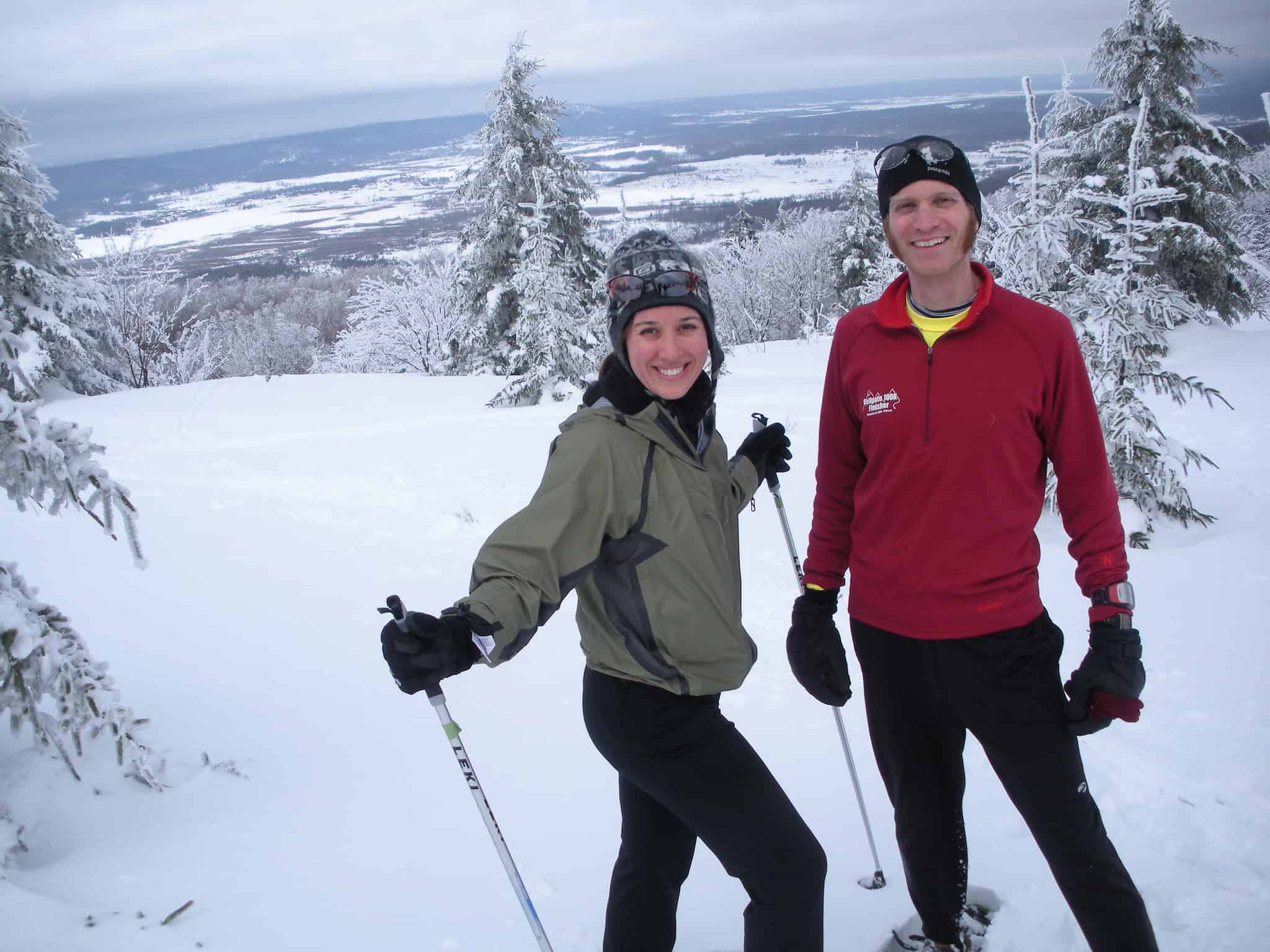Firstly, thick winter coats will be cumbersome and too warm as you continue to move briskly along the trail.
Regardless of the cold, you will likely be completely comfortable wearing the following on your upper body:
- a down vest or fleece zip-up outer layer
- tight-fitting, medium weight wool or wool/synthetic long sleeve shirt underneath
Furthermore, when dressing for the cold, always choose moisture wicking, quick-drying clothing and avoid cotton.
In fact, cotton retains moisture, and can quickly wick away body temperature and make you quite cold.
Additionally, wear a warm, water-resistant shell if:
- you’ll be out all day
- plan to take long rests
- if your trip will be below 20° or cloudy


Comments are closed.